1922 Part 5 - September, October, November - WPAN, WSAV, WRAA
Before the year was out, WPAN and WSAV also received authorizations in Houston, the former in September, the latter in October. Long time Houstonians may recognize the name of the owners of WPAN, Levy Brothers Dry Goods Co., a competitor of Foley Brothers and once considered the largest mercantile establishment in the South. 
On Friday, September 29, Levy’s ad in the Chronicle included mention that the new station would begin broadcasting the next Tuesday, with daily educational programs ‘of interest to the average woman, such as Fashion Talks, Beauty Talks, Talks on Corset Hygiene, Talks on the Care of Baby; and others.’ Each day’s subject was to be announced in the evening papers in the Levy’s ads.
On October 2, the following story appeared on page 13 of the Post under the headline “New Radio Station is Installed Here by Levy Brothers:”
"The educational side of radio is to be exploited for the first time in Houston beginning Tuesday next when Levy Brothers open their big broadcasting station, WPAN, for morning dissemination of educational matters.
The station is installed and there remains only the preliminary testing before actual operation daily, except Sunday, begins.
A wonderful series of short but interesting educational talks has been arranged for. These will be so diversified that all classes of listeners will be provided for, and to make the service suitable for all, even items of interest to children will be discussed at intervals."
The target audience seemed to have expanded somewhat in the Post’s story. The station was to be on the air at ‘about’ 10:30am, 6 days a week. Like Foley’s today, Levy’s ran lots of advertising. In one of their ads the next day, Tuesday October 3, 1922, the program was announced as ‘Sunburn and Tan, and Its Treatment” for the returning vacationist. Another listing gave the program scheduled as ‘Care of the Sick Room’ to be given by a registered trained nurse at Levy’s Baby shop.
Only a few days before the launch of WPAN, Levy’s had announced it had remodeled it’s store to add a boys wear department on the second floor and that is where the Radio Department was situated, selling complete sets as well as the parts to make receivers.
WPAN was added to the Post’s listings, which sometimes still occurred on page 1, sometimes elsewhere in the paper and sometimes not at all. 
Levy’s was in business up until about the 1960s or so when it was sold to Oshman's but their radio station did not last very long at all. It was struck from the Commerce Department list in December, becoming possibly the shortest lived Houston radio station that actually got on the air. Despite the Commerce Department’s action, program notes for the station appeared three times in the Post in January, 1923.
WSAV was licensed to the Clifford W. Vick Radio Construction Co., of 1801 Carter Building at 806 Main and was to be an on-again, off-again station. It was struck from the list in June, 1923, returning in June, 1924, deleted again in March, 1925, only to return in June of that year from a new address, 1406 Houston Ave., operating at 1210 kc with 100w. It was deleted for the last time in September, 1925.
I have found little on WSAV. However, the picture that is emerging is that Vick installed his radio station in various locations over the years, tending toward public entertainment venues. Vick had been in charge of the installation at the Houston Fair and Exposition in November, 1921, as mentioned in the section on the pre-broadcast era. Also, see the last two paragraphs of this chronology of the year 1922, below, for what may have been the first installation of WSAV. The final location of the station, 1406 Houston Ave. in 1925, was at Luna Park, on the near northwest side, north of Washington Avenue. Luna Park was Houston’s first amusement park; it billed itself as the Coney Island of Texas and featured Dr. Carver's Diving Horses, a dance casino, roller coaster, picnic area and other attractions.
Perhaps Vick was counting on the entertainment venues to supply his programming; perhaps he was more interested in his business as a ‘radio construction company’ and simply hoped to drum up business with his installations.
In November, 1922, Rice Institute received authorization for station WRAA. That too was to be an on-again, off-again operation. The Post took note of the operation on December 15 on page 1 under the headline ‘New Radio Plant at Rice Institute is Step Forward.” H. D. Ellis was the assigned operator; Assistant Professor of Electrical Engineering H. K. Humphrey was assisting, as was Instructor J. S. Waters. The 200 watt transmitter was larger than any in Houston at the time except WEAY, which had 250 watt ‘oscillating and modulating tubes.’ Broadcasting was due to start in early 1923; the program schedule was due to be announced January 3.
WRAA was deleted by the Commerce Department in May, 1924, then the license was re-issued in December of that year.
None of these first radio stations authorized in 1922 survived the mid-1920s. Here, as elsewhere, it is believed other operators, enthusiasts, hobbyists and businessmen, may have operated stations without Commerce Department approval from time to time. An example of that may have been the station installed at Bayshore Park on Galveston Bay in La Porte in late July, 1922. Both the Post and Chronicle carried notices of it, an unusual occurrence in itself. Clifford W. Vick was putting the station in but his own license for WSAV would not be received until October and hence had not even been applied for at that time. Perhaps the Clifford W. Vick Radio Construction Co. was merely building the station and would not be the operator. There was to be a receiver so families attending the park could listen to radio broadcasts from elsewhere and also a sending station with a 125’ high antenna, lighted all the way to the top and with a colored light on top, which would send out the entertainment provided by the Charlie Dickson Jazz Orchestra and vocalist Mark Wescott, regulars at the park. No call letters were mentioned in either paper’s coverage and I have not found any record of Bay Shore park being issued a license, or anyone in La Porte for that matter.
Bayshore Park was privately owned and billed itself as Houston’s Finest Playground, though its fame has been eclipsed over time by Sylvan Beach Park. It was located just north of Sylvan Beach. There was a dance pavilion, a bandstand, a pier extending into the bay and an inn and restaurant on the premises. Possibly this was an amateur station but the government had banned amateur stations from broadcasting music and sports programming in December, 1921, reserving those entertainments for those who held broadcast licenses. As mentioned above, possibly this was the first installation of WSAV and Vick was getting a head start on getting it ready; there undoubtedly would have been a lot more people visiting the park in the summer than in the autumn, when WSAV was authorized. Perhaps Vick didn’t understand he needed to have a new type of license to do the kind of broadcasting he had been doing for some time. I have found no other mention of the installation or any broadcasts and it was never mentioned in any ads for Bayshore Park.
Images above are from the archives of the Houston Post at the Houston Public Library.



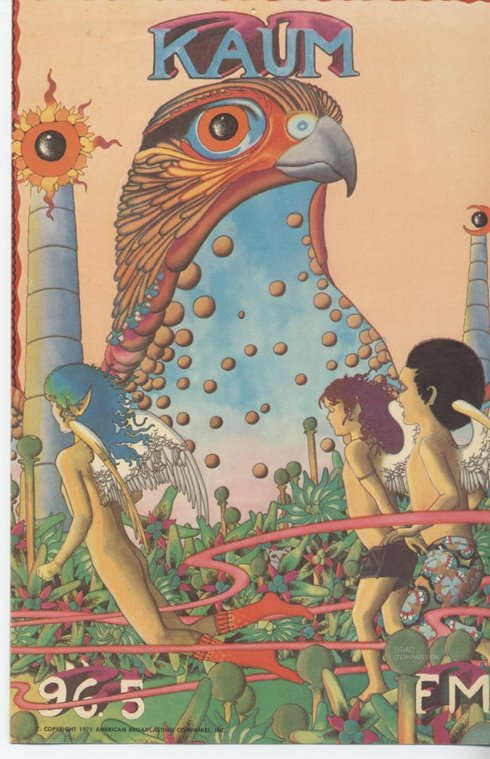
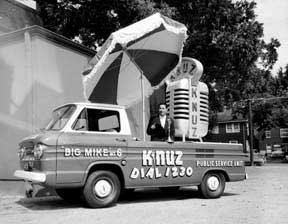


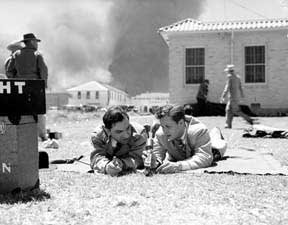
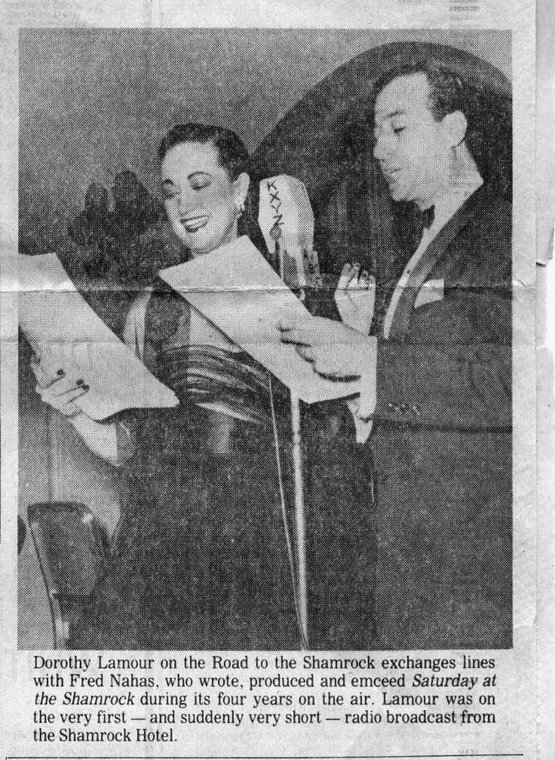
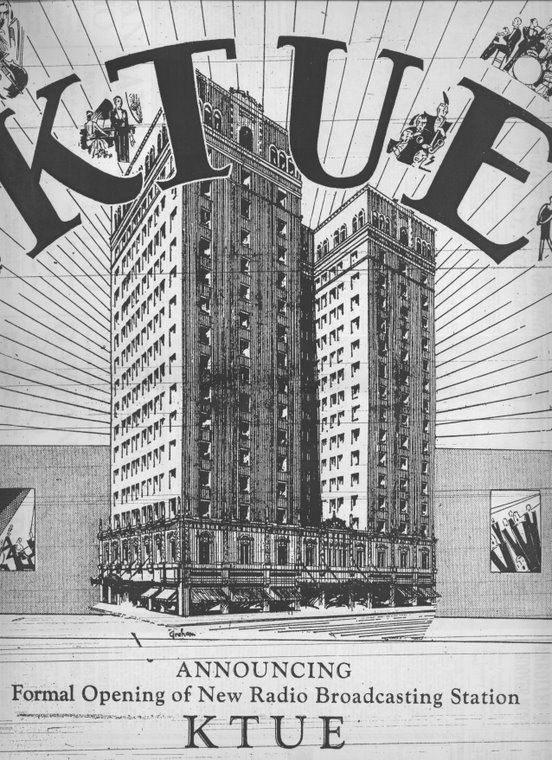
No comments:
Post a Comment